Wyoming’s transportation agency is drawing up a new long-range plan that will guide road policy all the way to 2050, and the headline is simple: costs are rising faster than funding. Systems planning engineer Brenden Schaefer says inflation has eaten into WYDOT’s buying power, pushing a preservation-first strategy to the brink of disinvestment. The current plan, last updated in 2010 to steer work through 2035, prioritized maintaining what exists and keeping expansions to a minimum. But without revenue that keeps pace with inflation, he warns, preservation quietly slides into decline, Casper Star-Tribune reports.
“We’re probably slipping — or have slipped — into the beginnings of that,” Schaefer says.
The numbers back him up. WYDOT expects about $812.2 million in revenue for 2025 from fuel taxes, registration and licensing fees, and other state sources. Roughly $469.4 million is slated for the highway improvement program — pavement work, passing lanes, the basics that keep roads drivable. Yet revenue has been largely flat for a decade. The fuel tax hasn’t budged since 2014, and better gas mileage means fewer taxable gallons. Meanwhile, construction costs are up 42 percent over the same span. Lawmakers did deliver a partial boost last session, dedicating sales and use taxes from motor vehicles and trailers to the highway fund starting July 1, an estimated $69.2 million next fiscal year. Helpful, Schaefer says, but still short of what inflation and material costs demand.
The Legislature’s Joint Transportation Committee has kicked around a fuel-tax increase — one proposal would raise Wyoming’s rate from 23 cents a gallon to 33 cents by 2028 in five-cent steps — but tabled the bill in August. The topic returns Oct. 20 in Cheyenne. The urgency is clear on WYDOT’s own planning site: to claw back roughly eight years of wear and lift overall conditions, the state would need to invest more than $2 billion over the next 10 years.
Wyoming isn’t alone. Deputy public affairs officer Jordan Young says other DOTs are wrestling with the same post-COVID cost surge and supply-chain strain for asphalt, concrete, and aggregate. The stakes here are especially visible because Wyoming drives far more miles per person than most states, and towns like Buffalo sit at the junction of major corridors — US 16 west to Worland, I-90 from Sheridan to Sundance, and I-25 down to Cheyenne — that carry freight, tourists, and everyday traffic. Industry groups from railroads to ag to trucking argue the case is economic as much as it is logistical. Associated General Contractors of Wyoming head Dan Benford says preservation alone won’t cut it anymore; too often a smooth top layer hides aging, neglected substructures. Contractors invest in people and equipment based on a predictable project pipeline, he adds, and the state’s broader economy — livestock and crops to market, oil and gas moving across the grid, millions of visitors each year — depends on capacity, not just patchwork care.
WYDOT plans another online meeting and more information later this month as it builds the 2050 roadmap. Young and Schaefer want residents in the mix, weighing in on which corridors matter most and what level of service the public actually expects. Schaefer puts it in household terms: roads are like water or electricity — there when you need them, but never free. If Wyoming wants a transportation system that’s more than just passable, he says, it has to decide what it’s willing to pay and how to pay it.
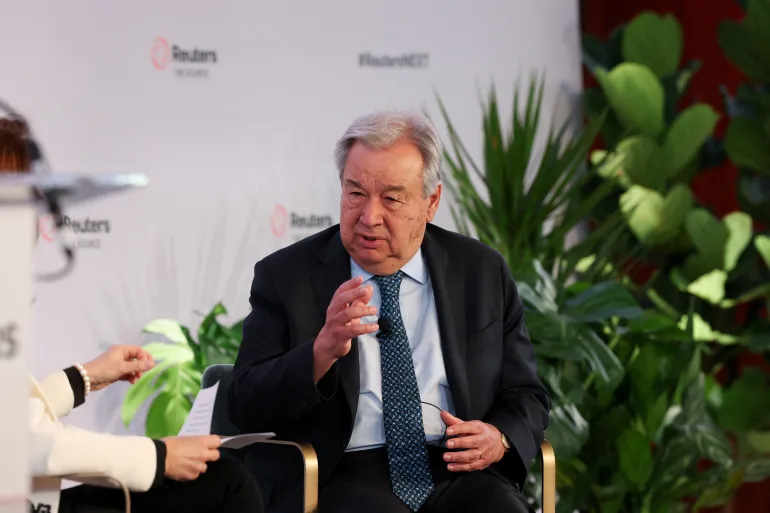
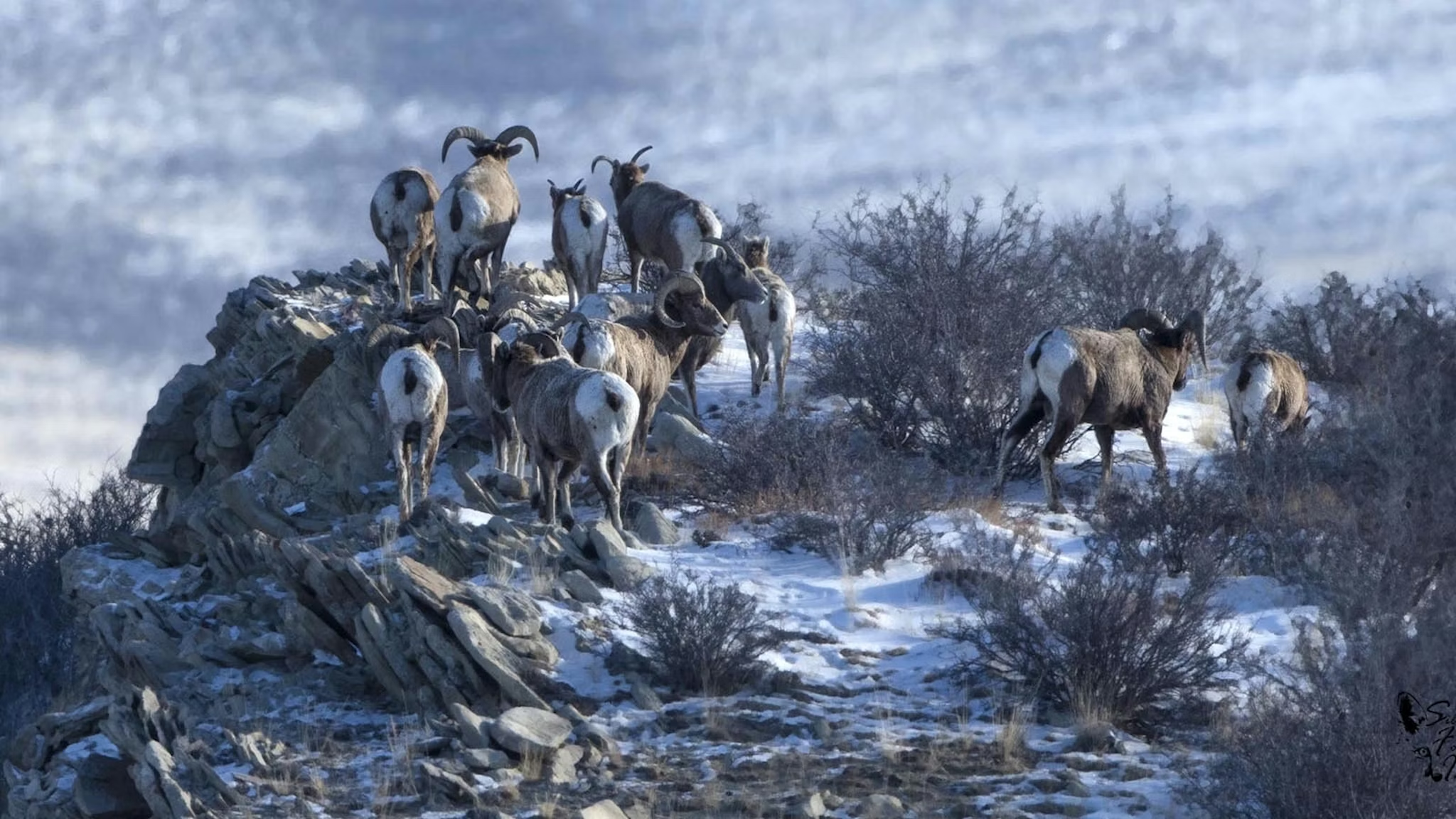

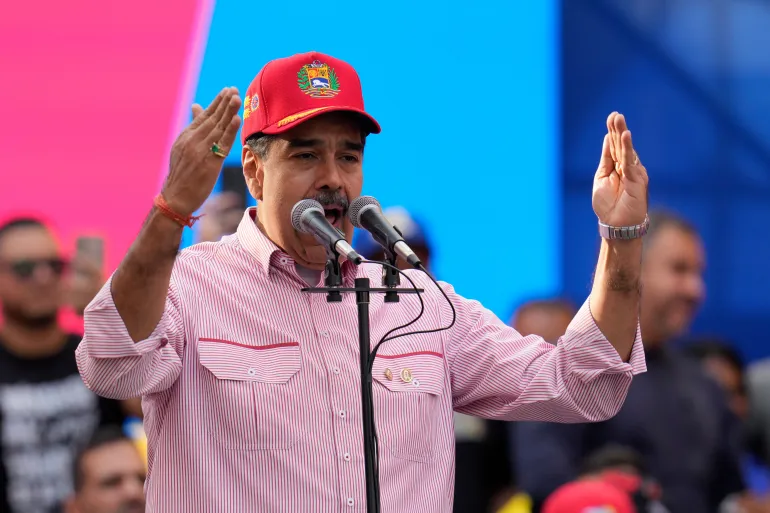

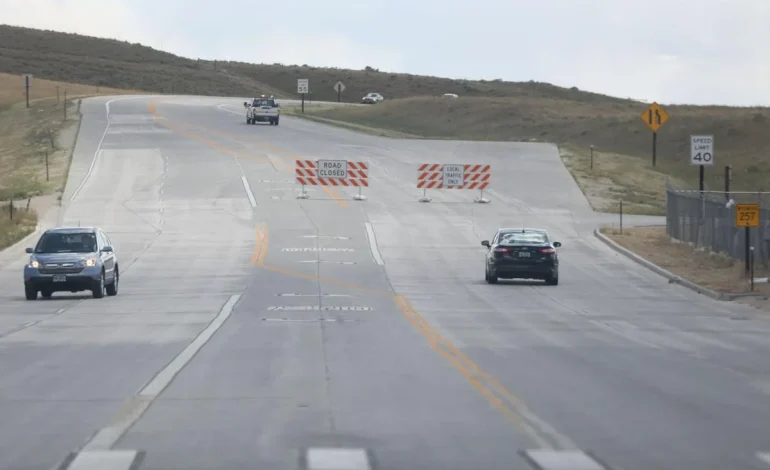

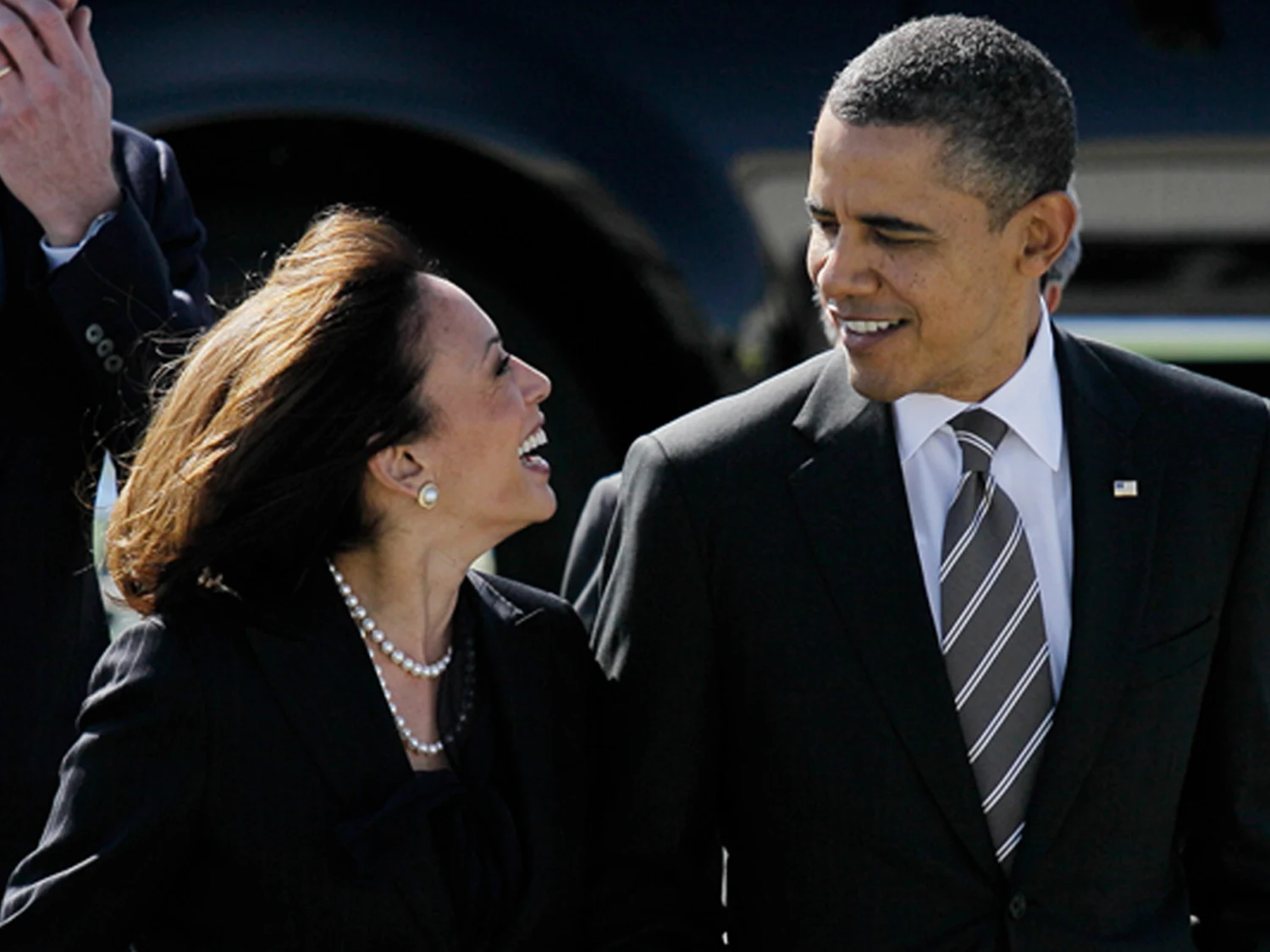
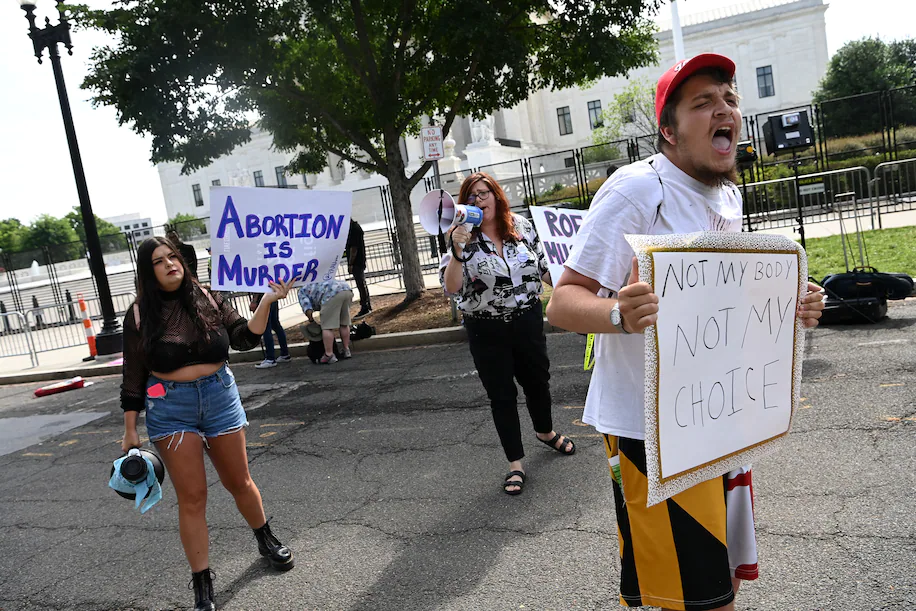

The latest news in your social feeds
Subscribe to our social media platforms to stay tuned